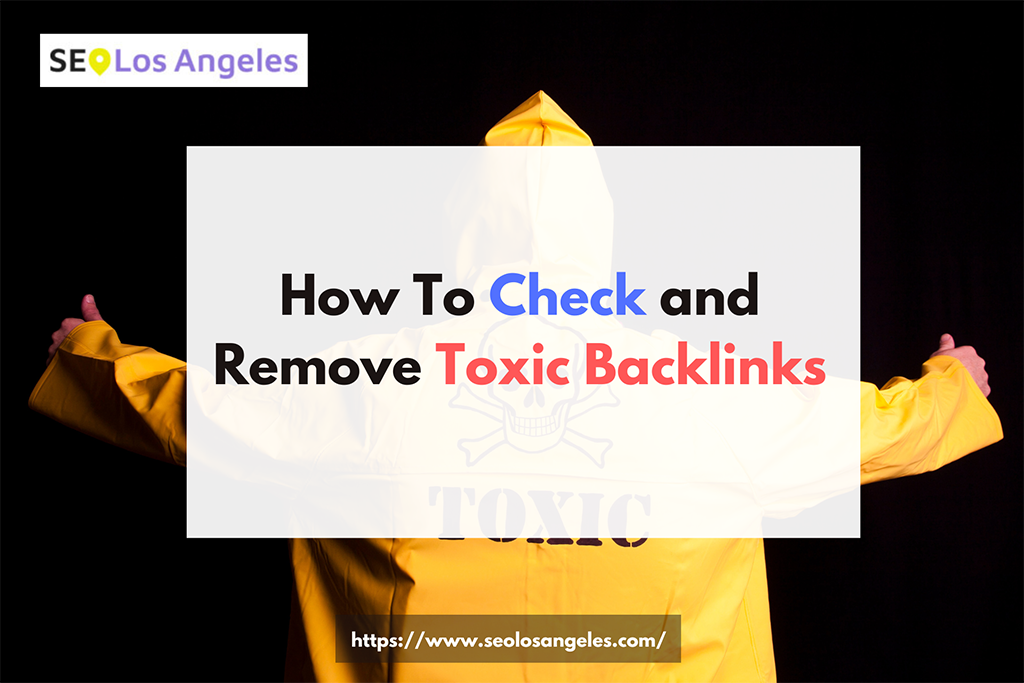Introduction:
If you’re a small business owner, it’s important to be aware of the health of your website’s backlinks. Backlinks are incoming links to a website or web page. They are an important ranking factor for search engines like Google and can help increase the visibility of your site. However, not all backlinks are created equal. Links from low-quality or spammy sites can harm your site’s ranking and reputation. These are known as toxic backlinks. In this blog post, we’ll show you how to check for toxic backlinks and remove them if necessary.
What Are Toxic Backlinks?
Toxic backlinks are incoming links from low-quality or spammy websites. They can harm your website’s ranking and reputation. Google’s algorithms are designed to identify these types of links and penalize sites that have them. That’s why it’s important to regularly check your backlink profile and remove any toxic backlinks that you may have. Here are some warning signs that a backlink may be toxic:
- The site linking to you has a low Domain Authority score. You can check a site’s Domain Authority using Moz’s Open Site Explorer tool.
- The site linking to you has a large number of outgoing links (known as link out abundance). This is a red flag for Google because it indicates that the site is linking out to lots of other sites without considering the quality.
- The site linking to you has a high spam score. You can check a site’s spam score using Moz’s Link Explorer tool.
- The content on the site linking to you is low quality or irrelevant to your niche.
- The anchor text of the link is suspicious (e.g., “click here,” “buy now,” etc.).
How To Check For Toxic Backlinks
There are several ways that you can check for toxic backlinks. The first is to use Google Search Console. Login to your account and click on “Search Traffic” > “Links.” This will show you all of the websites that are linking to your site, as well as the anchor text that they’re using. If you see any suspicious links, add them to your disavow file so Google will ignore them when determining your rankings.
Another way to check for toxic backlinks is to use a tool like Moz’s Link Explorer or Ahrefs’ Site Explorer. These tools will show you all of the links pointing to your website, as well as data about each link such as the spam score, Domain Authority, and anchor text used. You can use this information to decide which links you want to remove.
How To Remove Toxic Backlinks
Once you’ve identified some toxic backlinks, it’s time to remove them. The best way to do this is by reaching out to the website owner and asking them to remove the link. If they don’t respond or if they refuse, you can file a disavow request with Google using their Disavow Links Tool. This tells Google not to take the link into account when determining your rankings. Just be sure not to use this tool unless necessary, as it should only be used as a last resort.
Conclusion:
Toxic backlinks can harm your website’s ranking and reputation. That’s why it’s important to regularly check your backlink profile and remove any toxic backlinks k s that you may have. Use Google Search Console or a tool like Moz Link Explorer to easily Identify and remove these types of harmful links.
Let us generate leads and grow your business.
Get a Free Consultation for Our Los Angeles SEO and WordPress Support Services.
